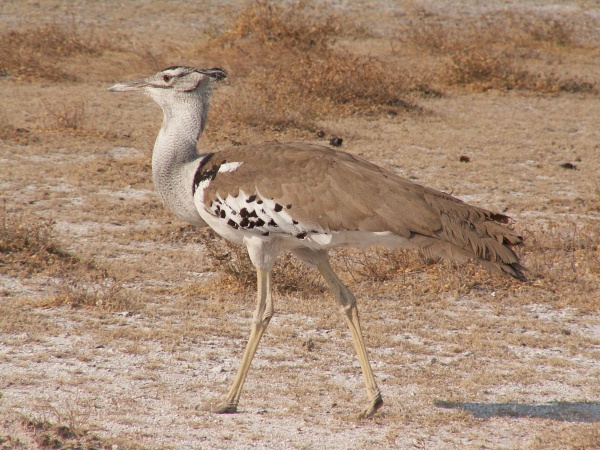Facts About Kori bustard
The kori bustard, a captivating bird endemic to Africa, stands out as one of the continent's largest flying birds. Belonging to the bustard family, it is renowned for its ground-dwelling habits and diverse diet. These birds exhibit marked sexual dimorphism, with males significantly larger than females and practicing a distinctive polygynous breeding system, wherein males do not participate in raising the chicks. There are two subspecies of the kori bustard, each inhabiting different regions of Africa.
One of the most notable characteristics of the kori bustard is its cryptic coloration, which enables it to blend seamlessly into its environment. Males are not only larger but also possess more striking patterns compared to females. They produce a unique mating call and typically remain grounded, taking to flight only when absolutely necessary due to their considerable size. Kori bustards are commonly found in open grasslands and savannas across southern Africa, where they maintain a varied diet that includes insects, small animals, and plants.
During the breeding season, male kori bustards engage in impressive lek displays to attract females. Once a female selects a mate, she lays her eggs in a simple ground nest and assumes full responsibility for incubating the eggs and caring for the young. Sadly, the species faces numerous threats such as habitat destruction, hunting, collisions with power lines, and predation. Despite these challenges, the kori bustard is currently not classified as threatened according to the IUCN Red List.
